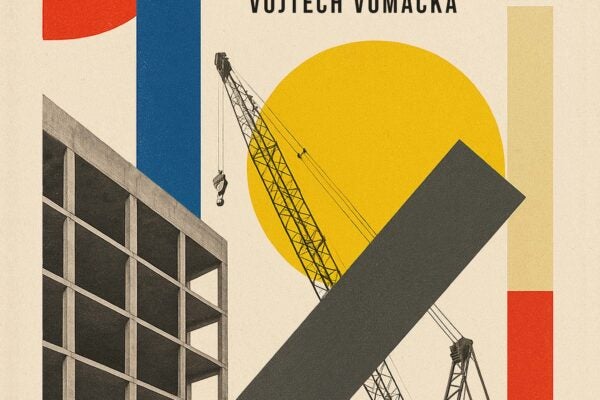This year’s Charleston Conference gave us two chances to sit down with librarians and publishers over good food and candid conversation to compare notes on what’s working (and what still needs work) across ebooks and digital collections. On Tuesday, November 4, we hosted a luncheon for the Books at JSTOR community. On Wednesday, November 5, we returned to the same spot for our Advancing Digital Collections Stewardship lunch focused on archives and special collections.
As we shared earlier this year at ALA, our work addresses two interconnected needs: helping researchers navigate trusted content, and helping libraries process, preserve, and activate distinctive collections at scale. These are challenges that resonated through the hall chatter and presentations at Charleston, too.
Books at JSTOR: Building sustainable models for the academic ecosystem
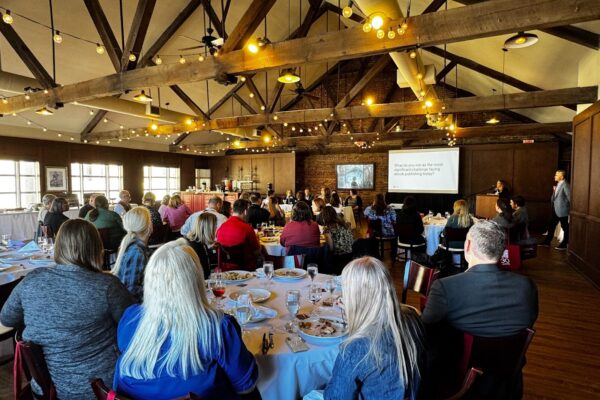
Hosts and panel
John Lenahan (Vice President, Published Content ) and Rebecca Seger (Vice President, Vice President, Institutional Participation and Strategic Partnerships) led a conversation with publishers and library leaders, including Liverpool University Press, Duke University Press, the University of Kentucky, the Big Ten Academic Alliance, and the American Council of Learned Societies. The goal of the conversation was to uncover what’s needed, practically and financially, to sustain scholarly ebooks while maximizing reach.
What we heard
Panelists surfaced familiar pain points, including tight budgets, platform proliferation, and the need for clear usage data to help authors understand impact. They also shared their enduring commitments to choice and scalability. Publishers emphasized “meeting readers where they are” (including JSTOR’s global audience), while librarians stressed the value of models that are transparent, perpetual where it matters, and easy to operationalize.
Context and scale

Books at JSTOR now includes 158,000+ ebooks from 340+ publishers, reaching 14,000+ libraries and researchers worldwide through six flexible models. More than 14,000 titles are open access, and while they make up <10% of the collection, they drove ~45% of all 28M ebook uses in 2024—demonstrating that when books are open access, they’re read. Usage of licensed backfile titles that later became open increased by an average of 5,500% in the first year.
Publisher Collections
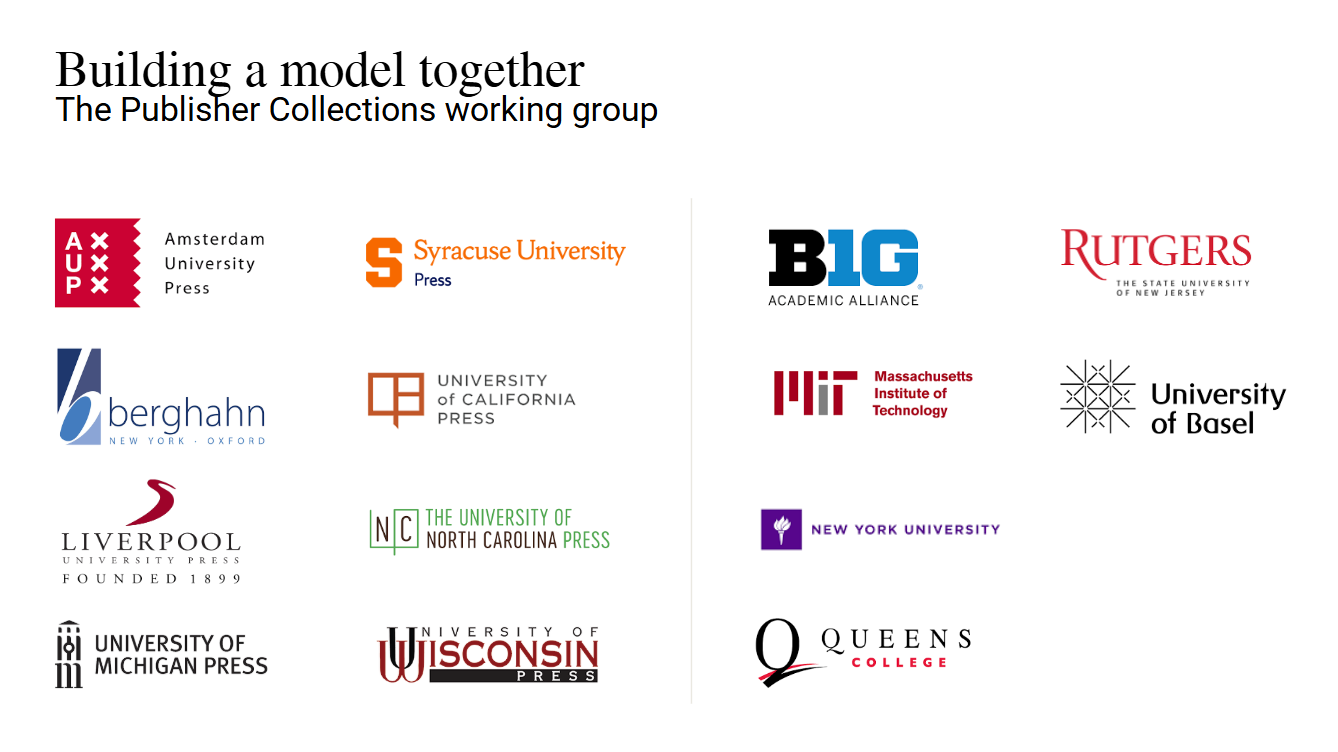
Developed with a working group of presses and libraries, new Publisher Collections offer a simple yet powerful combination:
- Perpetual JSTOR license to each publisher’s current‑year title set
- Seamless access to the publisher’s full backlist on JSTOR for active participants
- Equitable, tiered fees, with the user experience you expect (including DRM free)
An initial cohort of 22 presses for 2026 are available now, and include collections from panelists at Duke University Press, Liverpool University Press, and University Press of Kentucky, among others. The model is designed to provide comprehensive coverage, efficient workflows, long-term preservation, and value at scale.
See the full list of titles and publishers and read more about the model.
Path to Open
We also discussed Path to Open, which provides exclusive access to ~300 new peer‑reviewed monographs each year for participating libraries, with each title becoming open access after three years.
In January 2026, the first 100 Path to Open titles published in 2023 will convert to open access. We anticipate usage for these titles to increase massively, broadening the reach of this important scholarship to the millions of JSTOR users around the world, thanks to the support of the library and publisher community, alongside JSTOR. For presses, the program includes a JSTOR-funded subsidy of $5,000 per‑title; for libraries, it offers access to the latest monographs and an opportunity to sustain the scholarly publishing community while advancing open access at scale. The Big Ten Academic Alliance was among the first consortia to support the model as a collective, with many other consortia joining throughout the pilot, alongside hundreds of libraries around the world.
2026 also marks the final publishing year of the Path to Open pilot. As the program concludes, we will conduct a comprehensive review of its outcomes and impact to inform our decision on the future direction of Path to Open beyond the pilot phase.
See the full list of Path to Open titles and read more about the model.
Advancing digital collections stewardship: from vision to practice
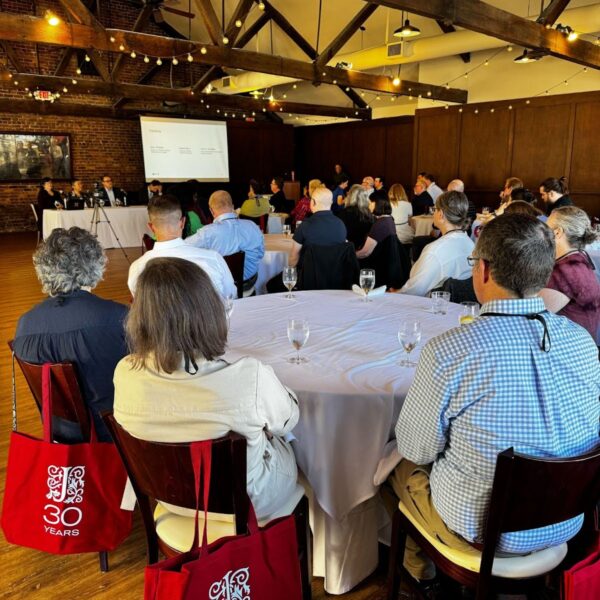
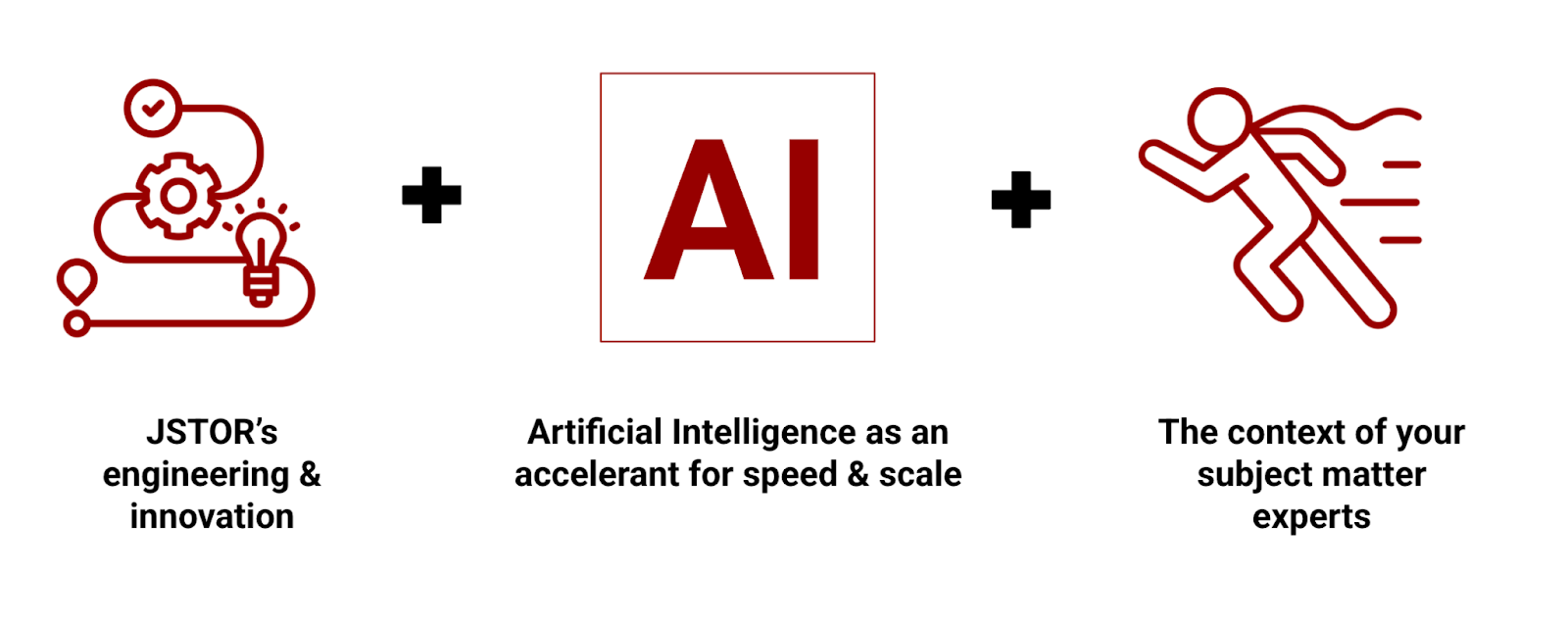
Why stewardship, and why now
Through hundreds of interviews with library leaders, we heard about massive collections processing backlogs, driven by a combination of resource constraints and rapidly expanding archival holdings. In some cases, up to 95% of collections remain unprocessed or undigitized, meaning they’re essentially invisible to researchers. Meanwhile, digital collections professionals experience the strain of stitching together fragmented tools and workflows in their efforts to make these materials discoverable and accessible. JSTOR Stewardship was created with and for the community to relieve those pressures—by uniting processing, cataloging, discovery, and preservation into one environment.
Introducing (and advancing) JSTOR Seeklight
At the Stewardship luncheon, we shared how we developed JSTOR Seeklight—the first collections processing software to address backlogs and drive impact by using AI to accelerate the creation of descriptive metadata, transcripts, and collection-level insights. All JSTOR Seeklight outputs are flagged as AI‑generated and accompanied by confidence scores, so staff can triage review, and ensure professional expertise remains central. The tool is integrated directly into the JSTOR Stewardship DAM and connects to Portico for long‑term preservation, supporting seamless collections stewardship from end-to-end.
During the luncheon, Rusty Michalak, Director of Library and Archives at Goldey-Beacom College, shared that with JSTOR Seeklight, projects that once required weeks or months of full‑time effort can now be initially processed in hours, freeing experts to focus on description quality, rights, and access decisions.
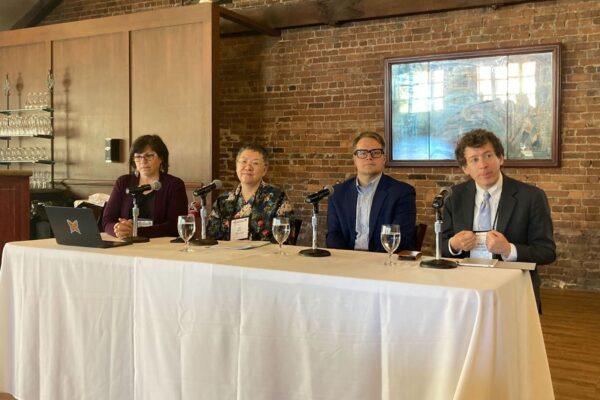
Under the hood, JSTOR Seeklight uses specialized prompt libraries by content type, and multiple models for different tasks (e.g., GPT‑4.1 for descriptive metadata and Gemini 2.5 for transcripts) within an architecture designed for reliability, sustainability, and privacy. Data uploaded by institutions is not retained by model providers or used for training. Librarians and archivists remain in control at every step.
What JSTOR Seeklight does
- Generate accurate full text or transcripts, significantly enhancing item-level discovery
- Create item-level metadata, enabling discovery through detailed description
- Draft a collection-level summary, offering insights useful for assessment and serving as a foundation for a finding aid
- Integrate reviewing and editing within the Stewardship interface and publish/preserve workflows
What we’re working on next (with you)
Guided by the charter community, we’re actively exploring:
- PII identification and handling
- Support for additional content and file types
- Schema flexibility
- Metadata remediation
- File & folder segmentation for large multi‑item PDFs and microfilm derivatives
- Integrations with other systems such as ArchivesSpace
- Alt‑text prototypes to support accessibility
From the community: early experiences
At last year’s Charleston Conference, we shared an initial prototype of JSTOR Seeklight for the first time. This year, we were joined by participants in our charter program who shared how their institutions are actively using it—a powerful demonstration of how far we’ve come, along with our community. Rusty Michalak (Director of Library and Archives, Goldey-Beacom College), Jee Davis (University Librarian, American University), and Lorrie A. McAllister (Dean, Joan and Donald E. Axinn Library and Professor of Library Services, Hofstra University) described how JSTOR Seeklight is helping them scale description, improve their public service by making materials discoverable, and build confidence and AI literacy among teams by keeping experts in the loop.
Panelists also spoke about the importance of trust and shared purpose in integrating AI into library work. Each described how collaboration with JSTOR and peers in the charter community made it possible to experiment responsibly—in alignment with institutional values and with community input. They emphasized that JSTOR Seeklight is most powerful when it complements professional expertise, speeding up routine tasks while preserving space for human judgment and care.
The discussion closed on an optimistic note: a sense that what began as an experimental prototype is now becoming an essential part of everyday stewardship, pointing toward a future where libraries lead the way in defining what responsible, values-driven AI looks like in practice.
Interested in helping shape the future of stewardship? Learn more about the charter community and JSTOR Digital Stewardship Services.
Throughlines from both days
Discussions around ebook acquisition and digital stewardship were unique, but emphasized a few consistent themes in librarianship and publishing:
- Scale matters. Publisher Collections and Path to Open aim to make “doing the right thing” operationally and financially feasible. JSTOR Seeklight aims to accelerate distinctive collections processing while foregrounding professional judgment.
- Impact is the point. Open access on JSTOR consistently reaches global readers. AI‑assisted processing makes distinctive collections discoverable faster, so scholars, students, and communities can actually use them.
- Community collaboration is essential. Advancing discovery and access depends on partnerships across institutions. Actively working together with libraries, publishers, and practitioners facilitates alignment while merging expertise. This ensures our solutions reflect a wide variety of scholarly and cultural perspectives.
Looking ahead
Charleston reinforced the goals we’re already striving for in partnership with the library and publishing communities, including pairing human expertise with transparent technology, designing for end‑to‑end stewardship, and keeping sustainability in view (from business models to computing choices). We’ll continue deepening the usability and adoption of both our ebooks programs and stewardship capabilities, and we’re grateful to be doing that with you.
Thank you to everyone who joined us in Charleston, and to our panelists and partners who continue to push these conversations forward. We’re excited for what we can build together before we meet again.
Want a closer look?
If you’re curious about any of our ebook acquisition models, fill out the form on our website to connect with the appropriate JSTOR representative.
If you’re looking to scale your metadata generation, book a demo on our website for a JSTOR Seeklight demonstration using your own content.



